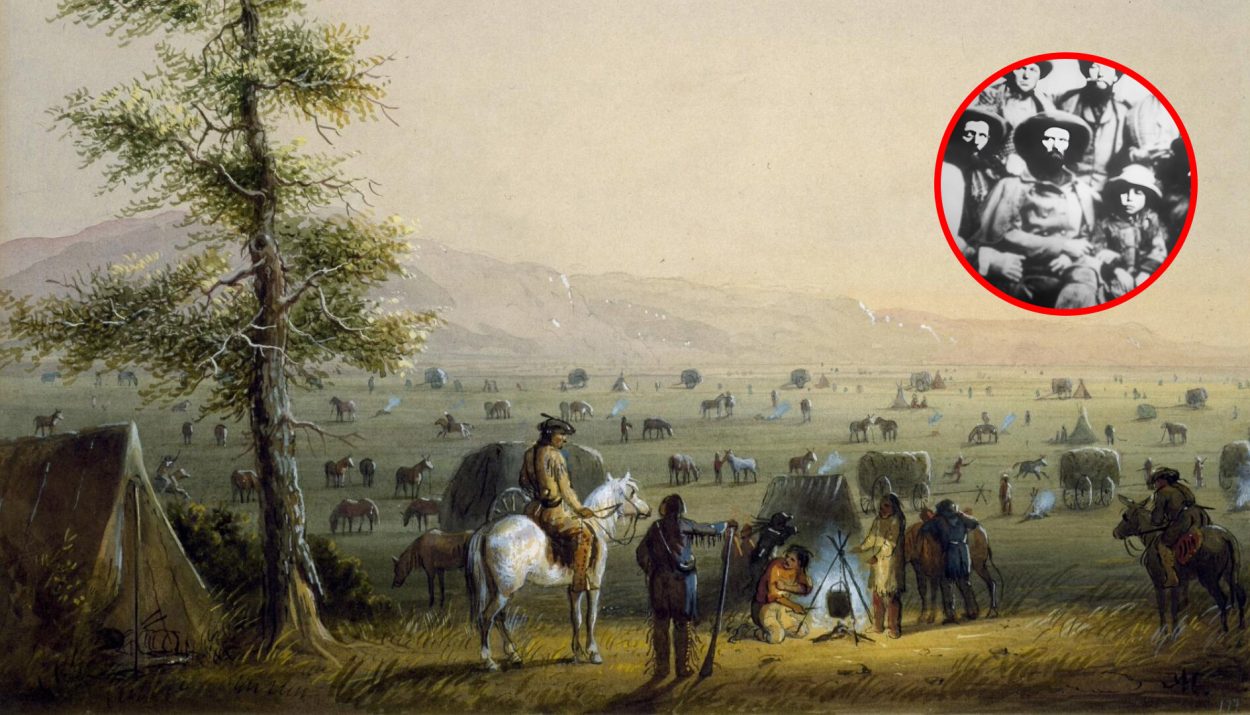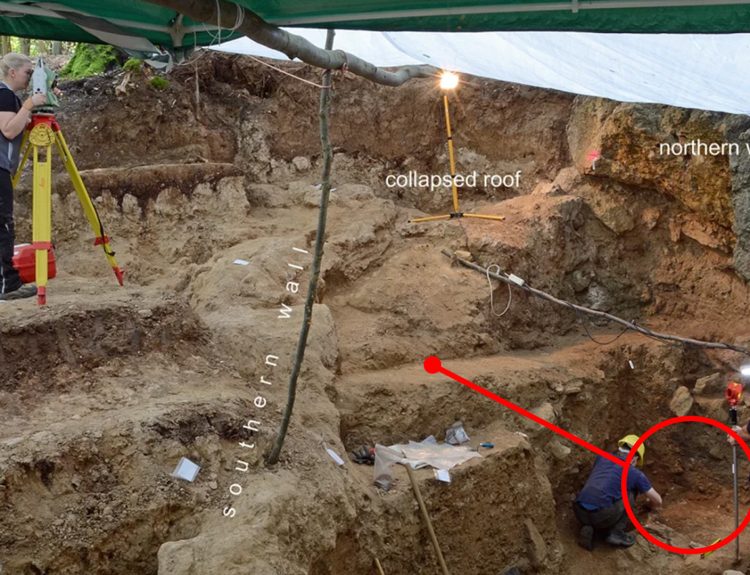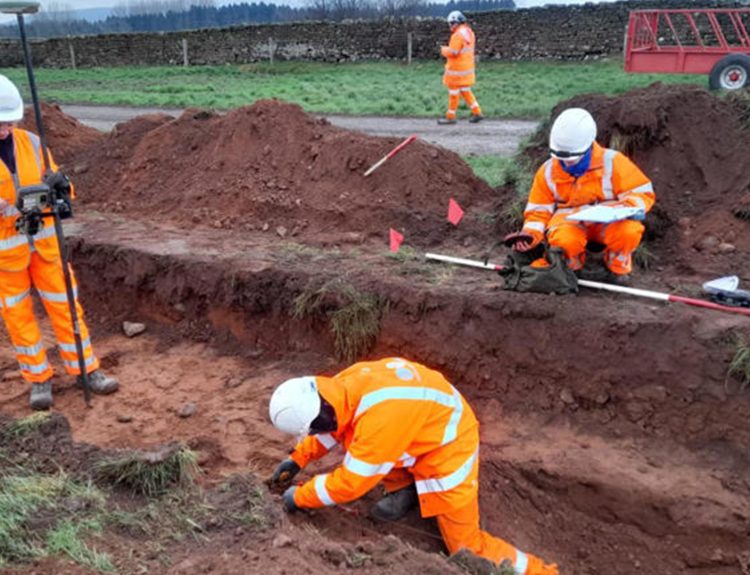The Oregon Trail is a name that might be familiar from history class, and it might be familiar because of the series of computer games that was first conceived of in the 70’s. It’s a deeply disturbing facet of American history, one that is sometimes difficult to swallow. That doesn’t change the fact that the horrifying events of the Oregon trail truly happened.
A Cross-Country Road Trip
The Oregon Trail was an east-to-west wagon route that stretched over 2000 miles from the Missouri River and connected it to valleys in Oregon. It was originally laid by fur traders in the early nineteenth century, and it was only passable by foot or on horseback.
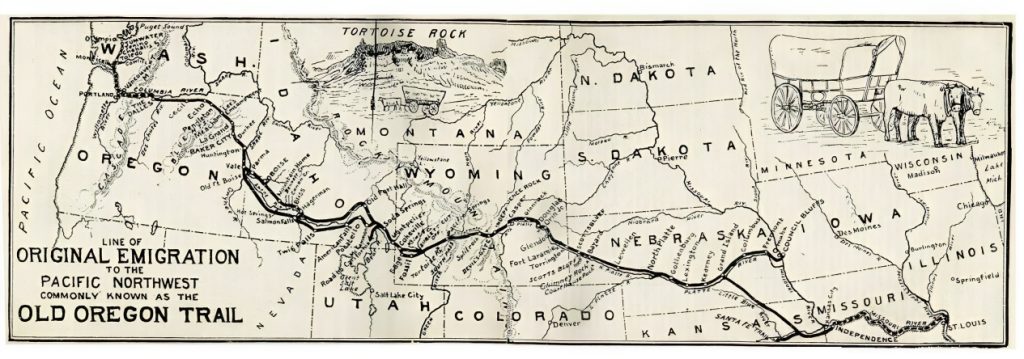
Eventually, the Oregon Trail became a common method of traveling across the country, along with other wagon trails. They were cleared increasingly farther west, and all the way through to 1870, the Oregon trail and other offshoots were used by over 400,000 individuals from all walks of life.
Tragedy Befell Many – But How Much of it is True?
As common as it was to traverse the Oregon trail, it’s unsurprising that many tragedies and other horrifying events befell some of the settlers who traveled that way. 2000 miles is a long time to travel more or less on foot, especially for some who were less than prepared for the journey.
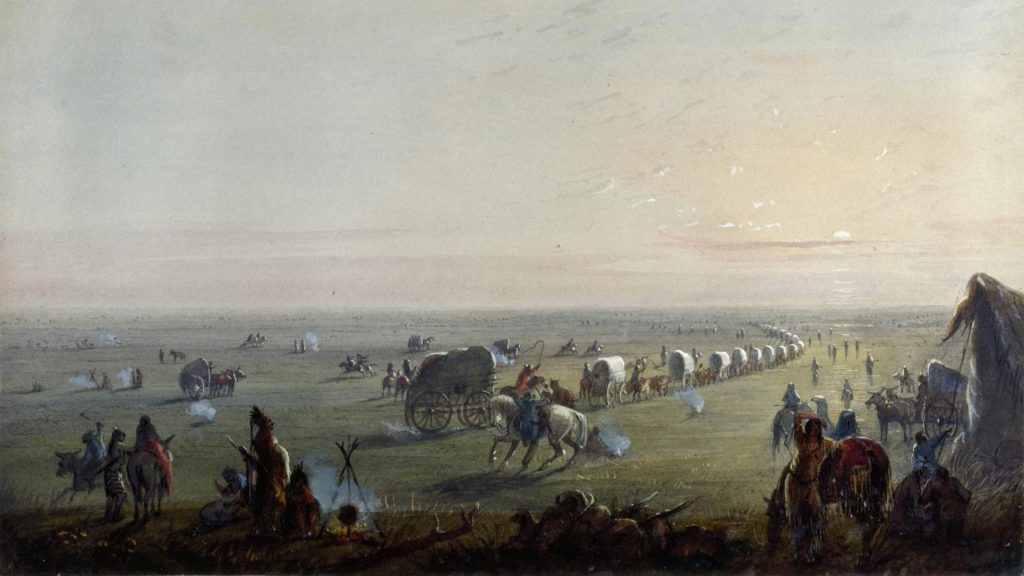
So many horrifying things happened on the Oregon Trail that it spawned a series of video games that were first conceived in the 70’s. For history buffs, it’s fascinating to study the real events of the Oregon trail, and learn how many of the horrifying stories that have been told actually happened.
1. The Utter Party Massacre
The Utter Party was a group of 44 individuals who traversed the Oregon Trail in 1860, led by Elijah Utter. Their story started with hope, but ended in tragedy as they were captured by Native Americans in September of that year.
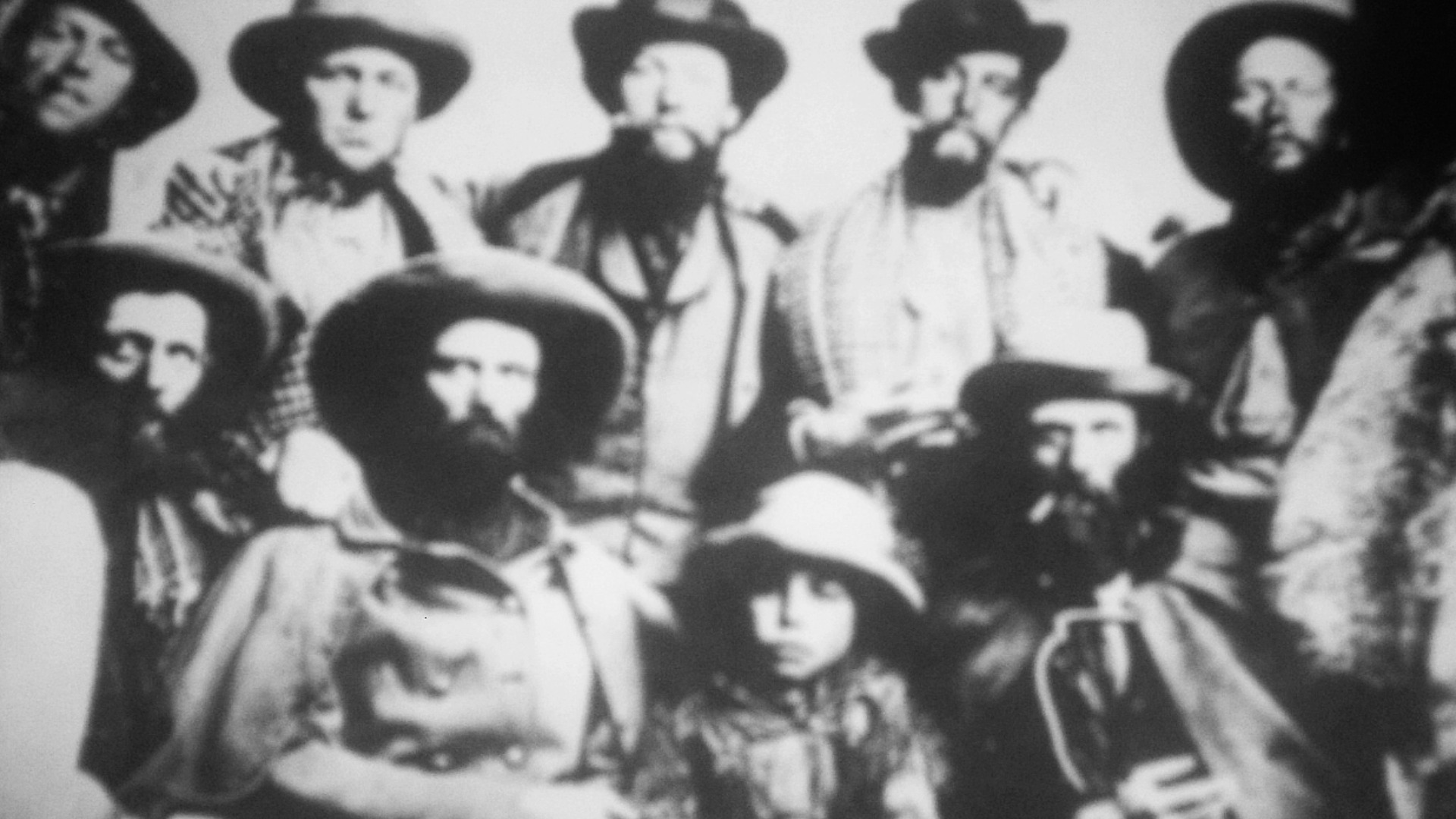
29 members of the group were either captured or killed, a staggering number considering that 21 of the group were children. They were chaperoned by soldiers, but the soldiers were either killed or fled during the attack, and the survivors were left in a horrifying situation.
The Survivors Engaged in Cannibalism
The massacre is considered one of the more horrifying occurrences on the Oregon Trail, not just because it was the first time that Native Americans were documented sustaining an attack against the emigrant wagons. No, the state that the survivors were found in is what takes this tragedy from bad to horrifying.
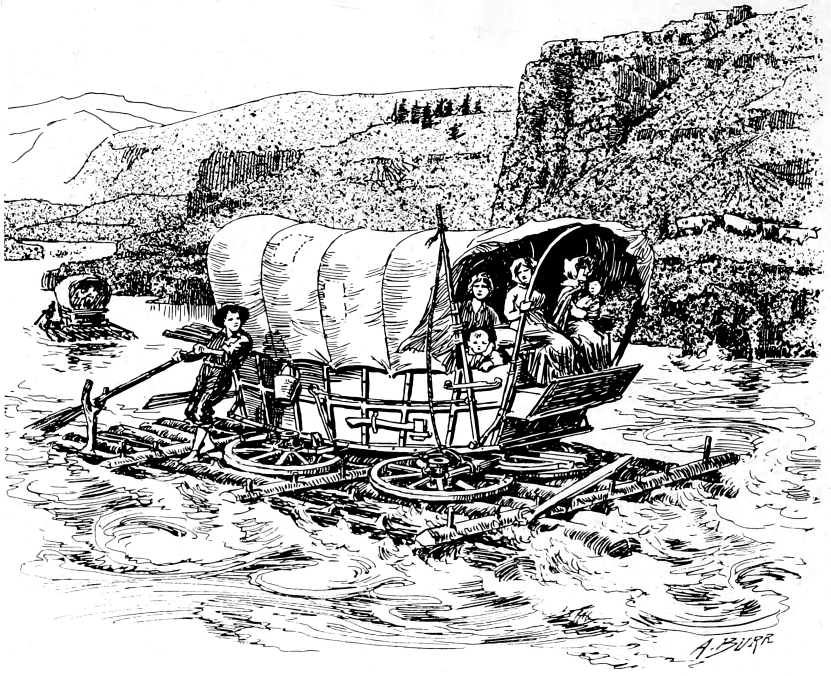
10 of the survivors were ultimately found by a man named Captain Frederick Dent in October, more than a month after the initial attack. The survivors were emaciated, and when they were discovered, they were surviving off the cannibalized remains of one of their party members. This wagon party suffered the greatest losses of any train that traveled the Oregon Trail.
2. America’s Longest Graveyard
This rather gruesome nickname for the Oregon Trail is, unfortunately, fairly accurate. Of the more than 400,000 individuals that traversed this 2000 mile wagon route, it’s believed that up to 40,000 migrants ultimately died on the trail. That’s 1 in 10 travelers that died along the road.
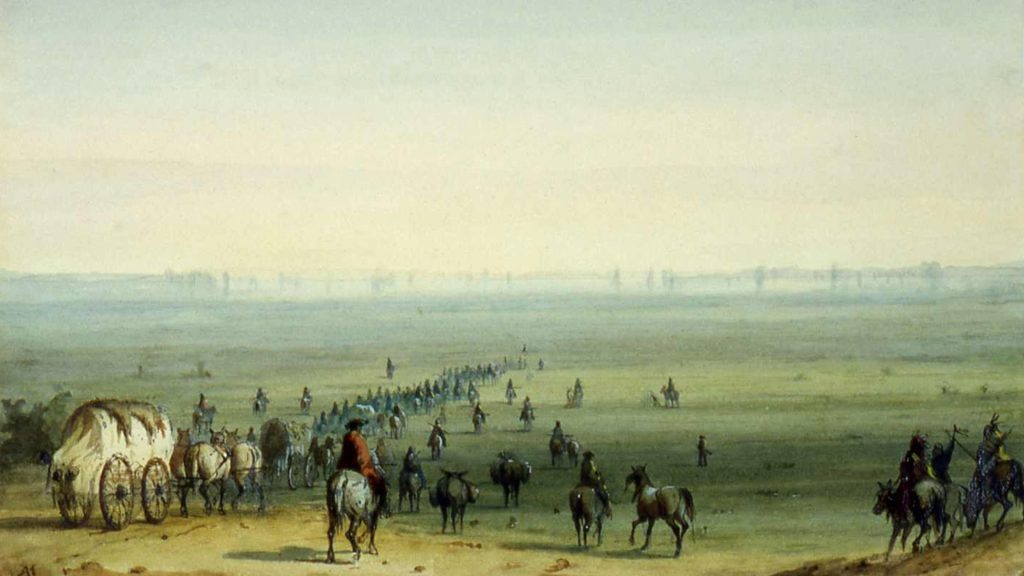
The causes of death were many for those who traveled this way. Starvation and exposure to the elements were two ways that travelers died, but far more died from disease than from natural causes. Cholera, scurvy, and dysentery are just a few of the illnesses that plagued migrants on the trail, making for a sometimes deeply unpleasant, sometimes deadly trip.
3. Deadly Milk
The Oregon Trail was a challenging life, there’s no doubt about it, but life didn’t stop while travelers were in the wagon. A number of babies were born while on the trail, but due to the hardships of the trail, many of their mothers ultimately died, leaving them without food.

In order to help the babies survive, the other travelers would feed them cow’s milk, with sometimes deadly consequences. One particularly gruesome instance, the cow who had been milked for the babies had been eating poison ivy and snakeroot, turning their milk bitter and poisonous. A number of babies died from “milk sickness” from that particular instance.
4. The Tragic Tale of the Donner Party
The Donner Party is probably the most famous tale to come out of the Oregon Trail. They were a group of migrants that set out for California from the midwest, but tragically never made it beyond the Sierra Nevada mountain range.

The journey of the Oregon Trail generally anywhere from four to six months, but the Donner Party took a different route, called the Hastings Cutoff. This bypassed standard routes and instead took the travelers through the Wasatch Mountains in present-day Utah.
A Harsh Winter, Indeed
The new trailhead was not intended for wagons, and many of the party died during the winter between 1846 and 1847. The rough start to the journey in the Wasatch mountains meant that the party was caught in the Sierra Nevada’s during the harshest part of winter, meaning that many died of starvation and the elements.
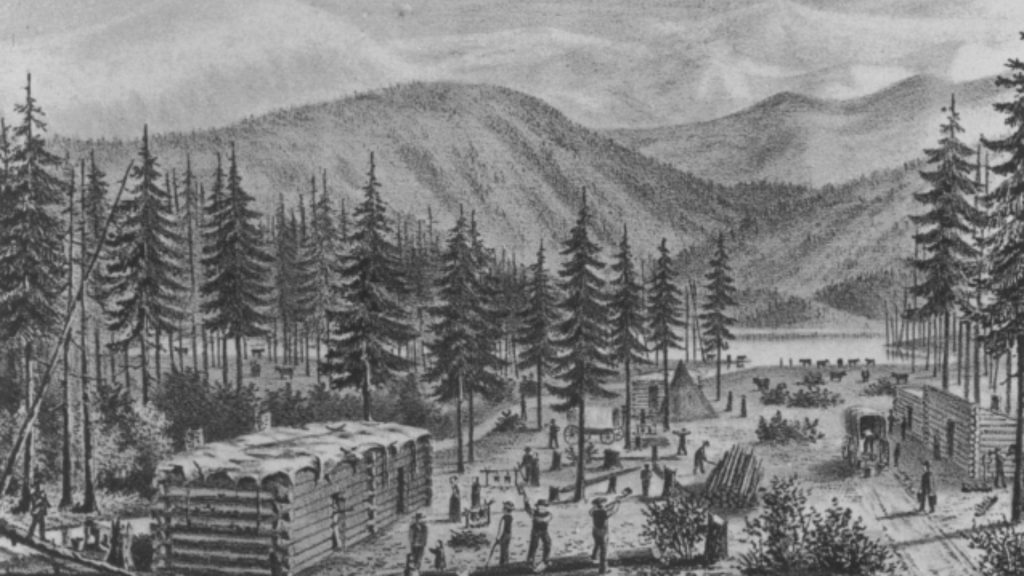
The food shortage that winter was so terrible that many members of the party resorted to cannibalism in order to survive. They mostly resorted to cannibalizing dead members of their party, but in two instances, Native Americans who bypassed the party were also slaughtered for the sole purpose of cannibalism.
Dozens More Stories Beyond
More than 40 years of travel on the Oregon Trail leaves historians a lot of information to sort through, and tragic stories to learn. The high death toll of the journey and the harsh living conditions led to thousands of deaths, and even more horrifying stories beyond that.

Diary entries and letters and messages from post to post provide a chilling story of what life was like in the 19th century for these travelers. While the Oregon Trail ceased to be commonly used after the first transcontinental railroad was completed in 1869, its stories will never be forgotten by those with an interest in the past.

